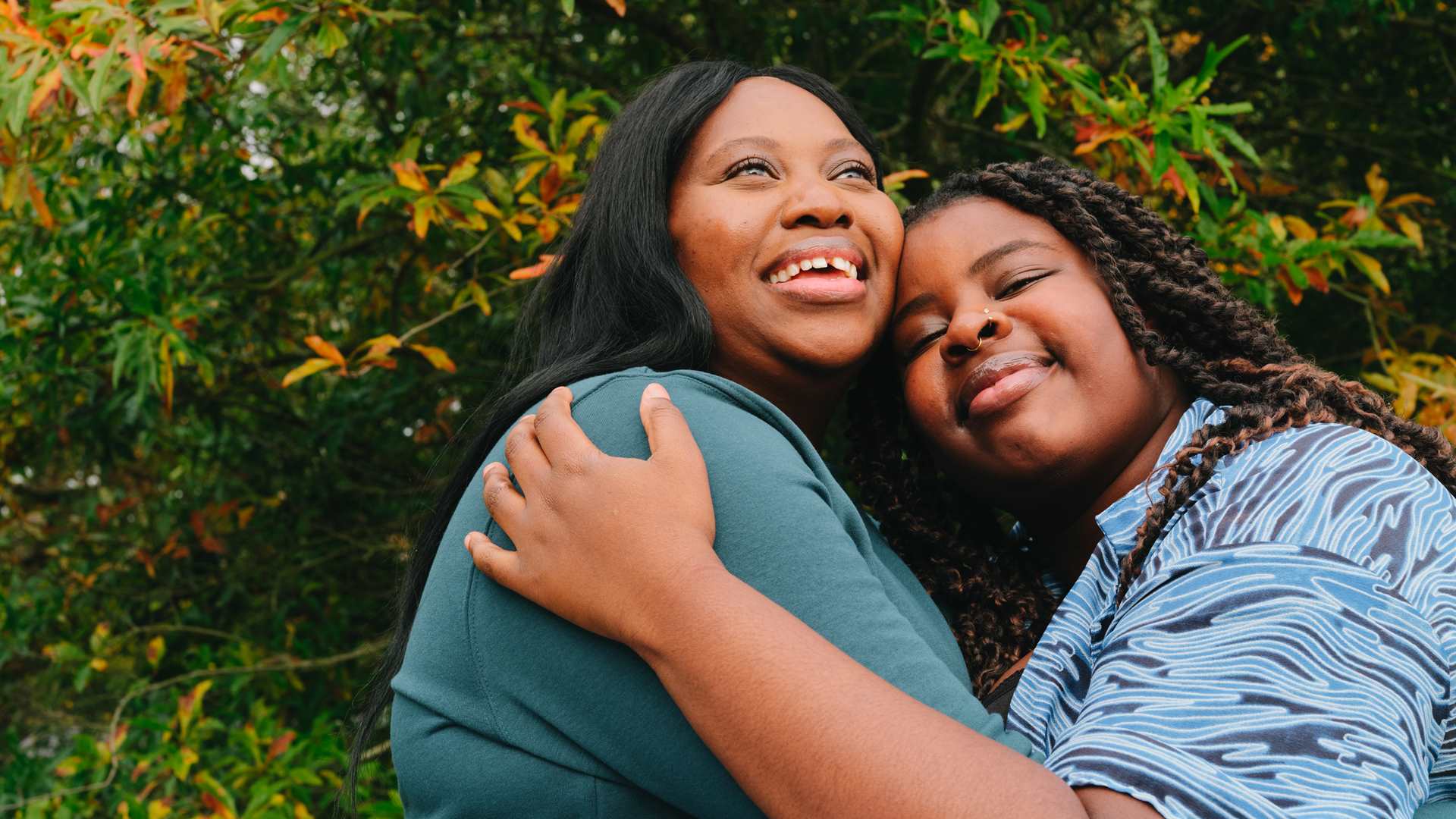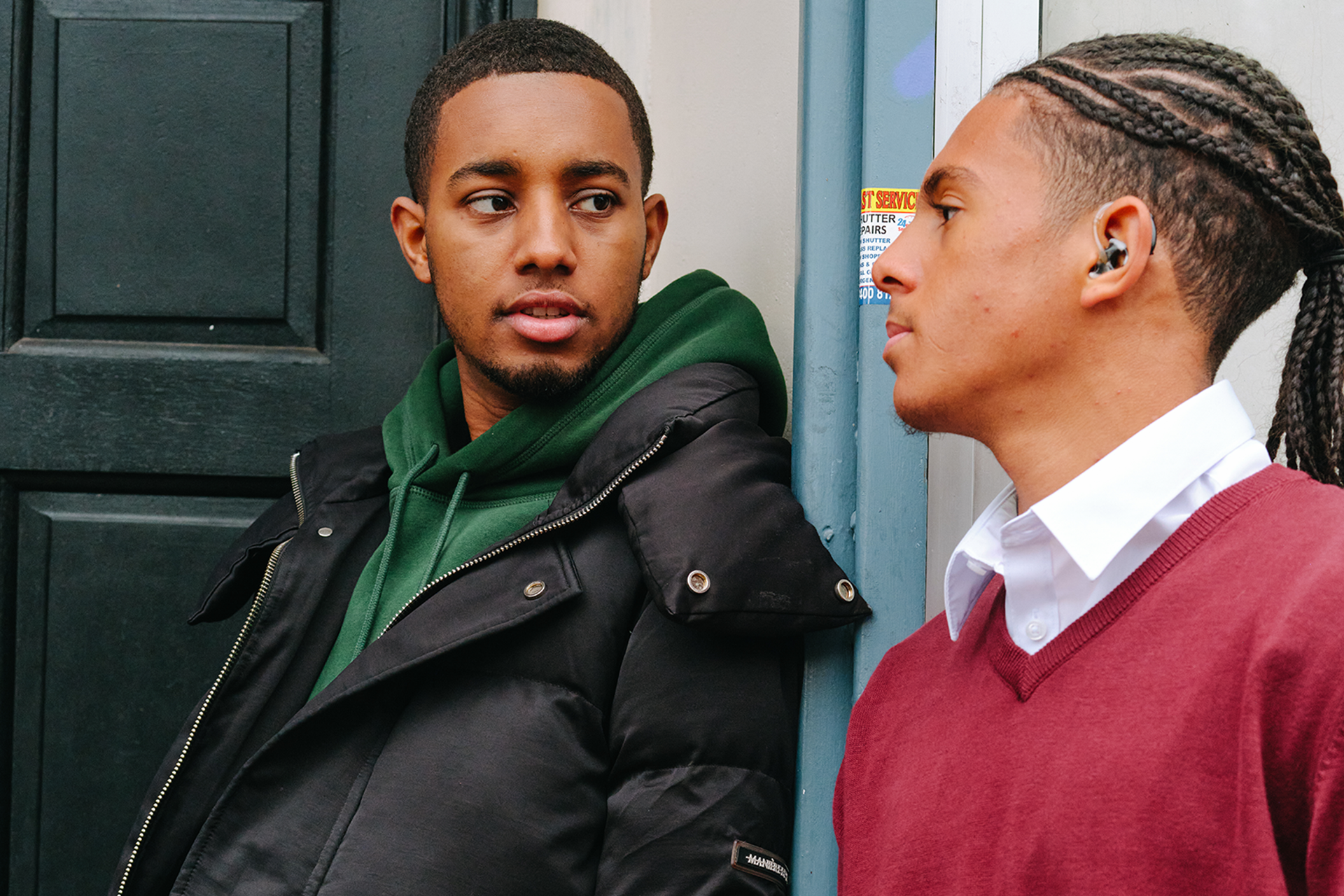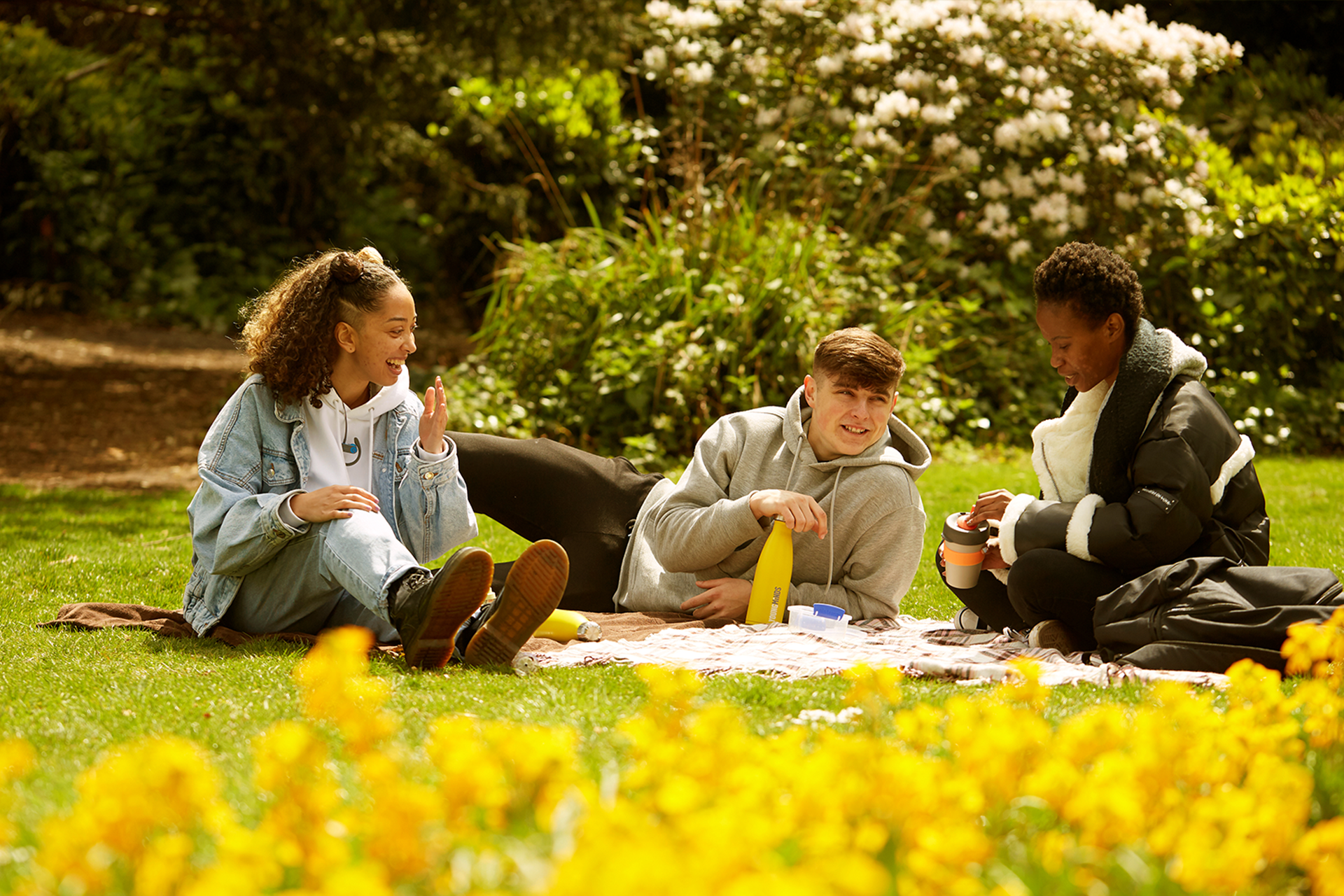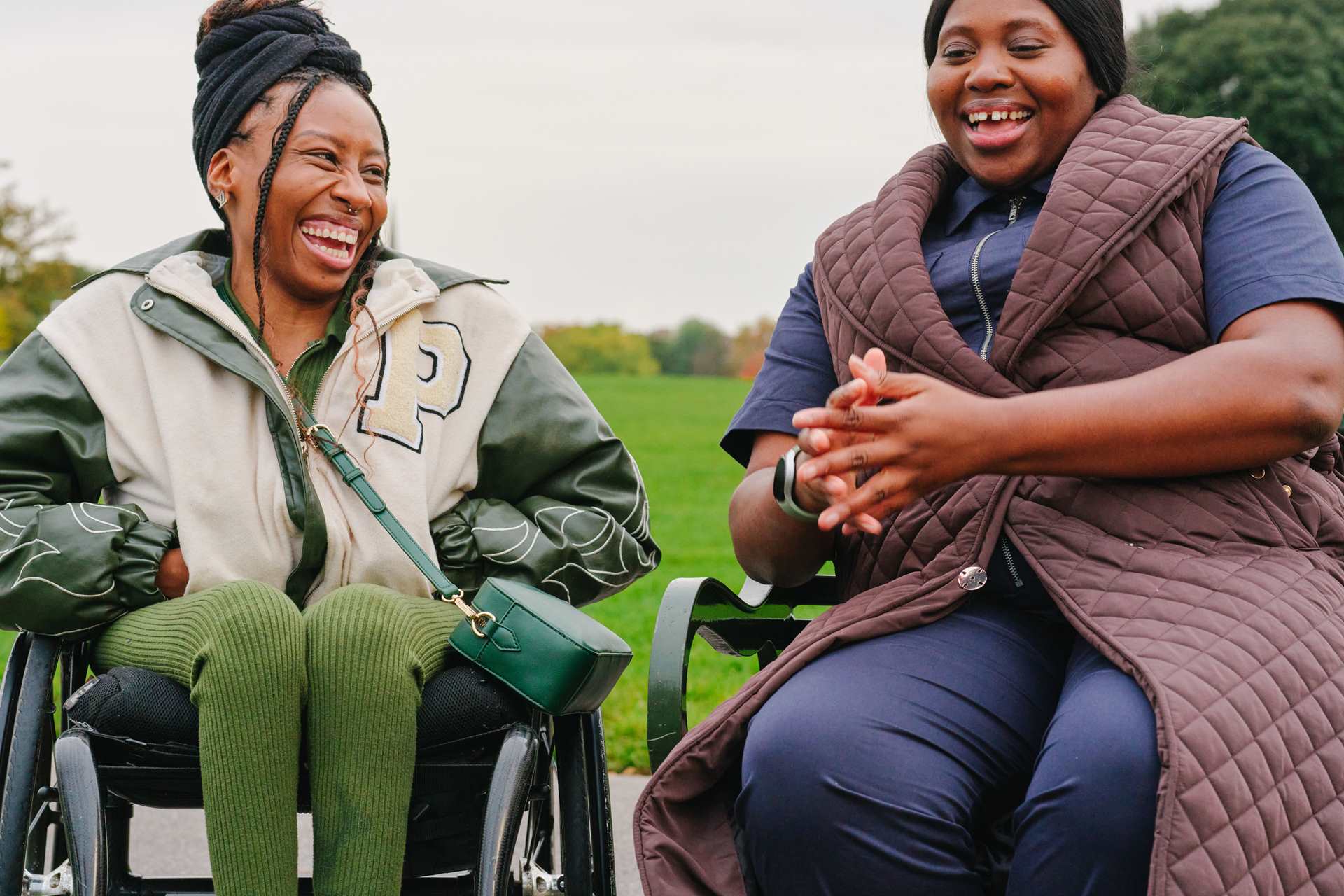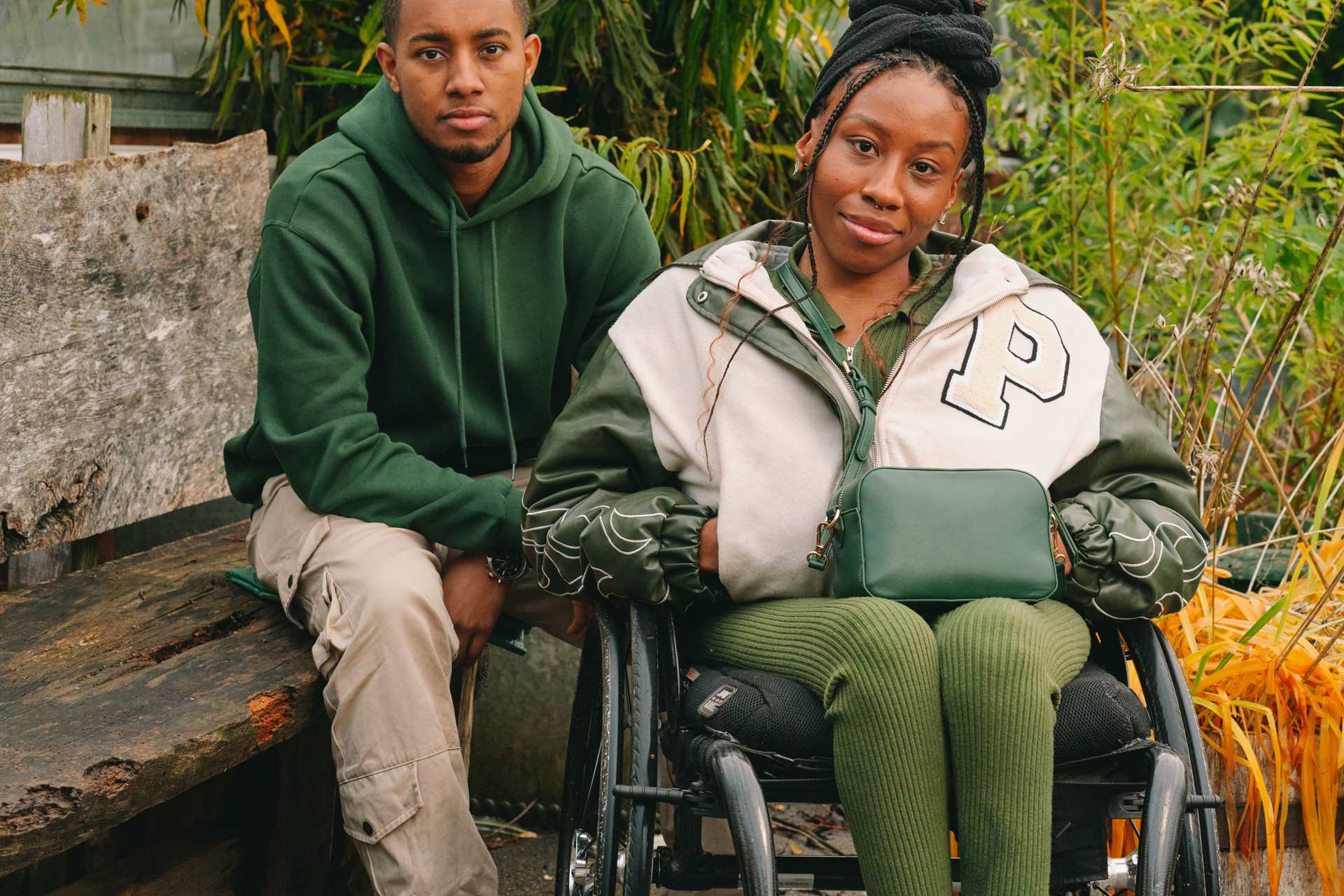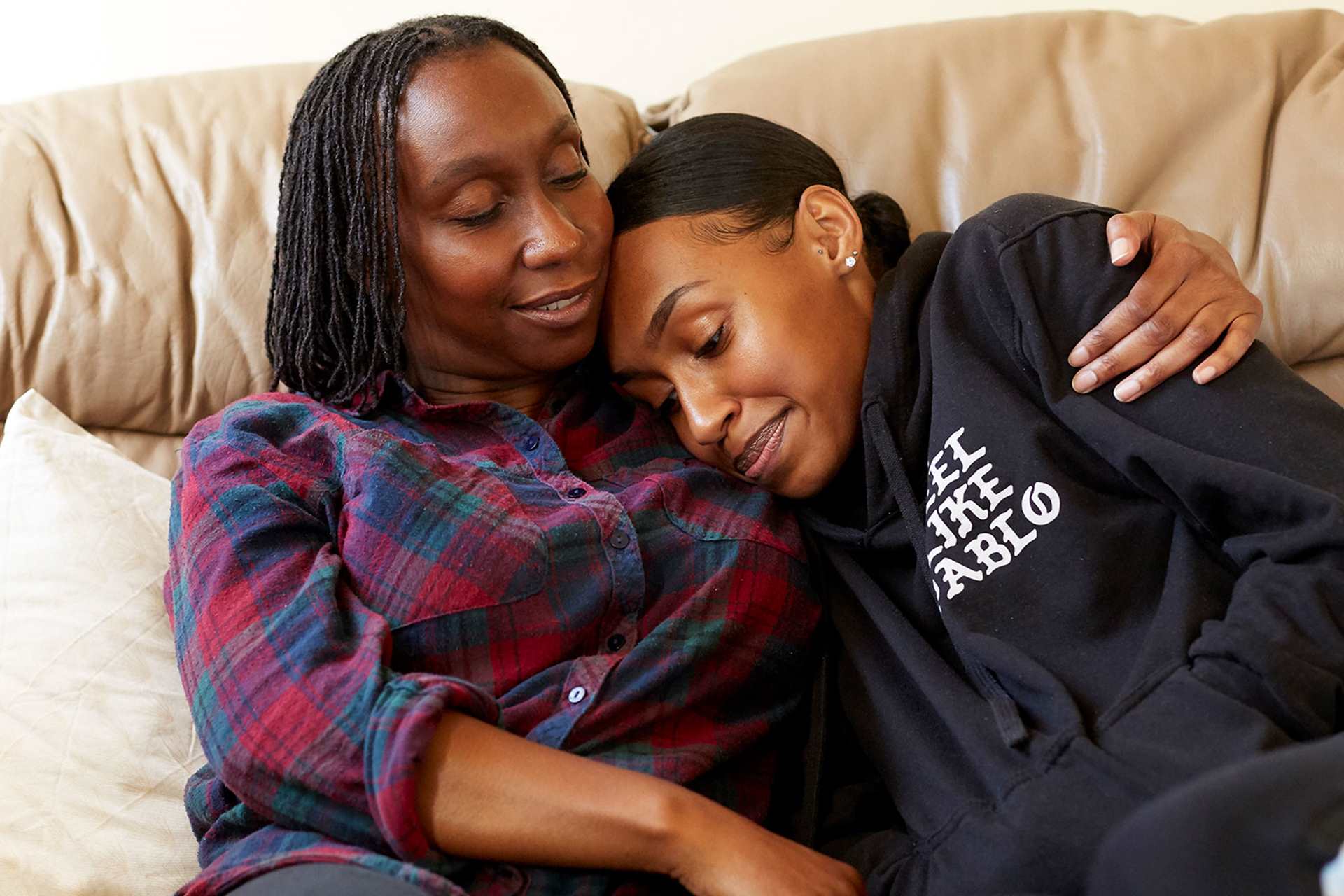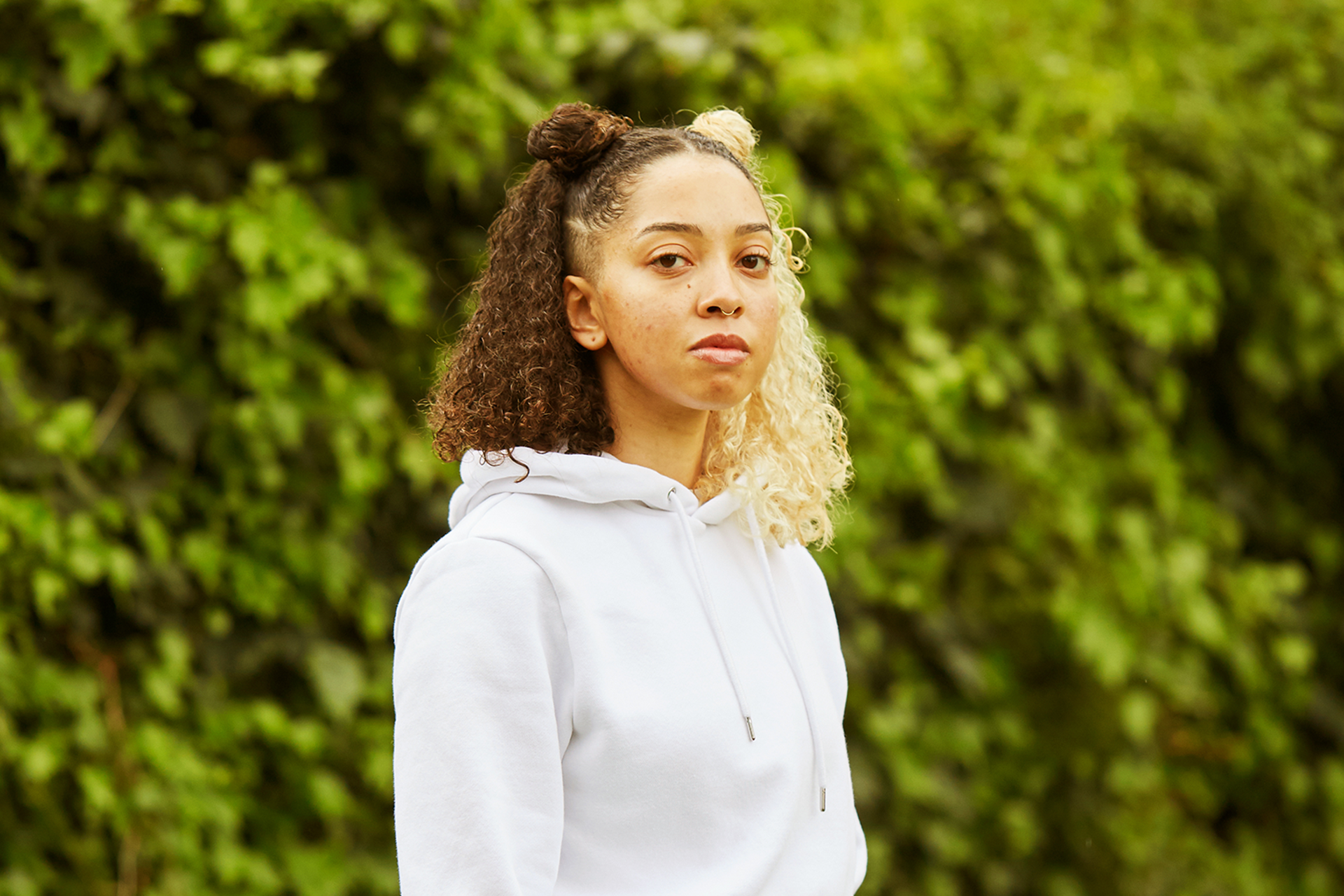Topics mentioned: disability, cultural identity, racism, gender
About: Rume shares her story of living with vestibular migraines as a Black woman, how her identities intersect, and building community through shared identities.
This was only the beginning of getting to grips with what my condition was, and how to exist as a Black woman with an invisible disability.
In 2021, I was given a name to the myriad of symptoms I’d been mulling over since they began in 2014. The consultant told me I had vestibular migraines (VM). It was an underwhelming experience. I had to ask for the label and the response carried a hint of surprise, which implied that this was something I should’ve known long before.
At that point I was tired of the NHS circus I’d been subjected to for the past seven years. I’d been shuttled between different hospitals and departments, having to reel off my trauma to each doctor’s satisfaction.
But I had to shake this cynicism off quickly as this was only the beginning of getting to grips with what my condition was, and how to exist as a Black woman with an invisible disability.
What it's like to have vestibular migraine
There are two parts to this condition: the migraine disorder and the vestibular system. These two parts interact with each other to create a complex neurological problem. Let’s iron one thing out: migraines are not “bad headaches”.
Migraine is a neurological disorder that impacts multiple regions of the brain that control the sensory, emotional, autonomic, cognitive, and even motor functions. This can cause sufferers to experience a range of symptoms that span divergent neurological domains. In other words, a headache is just one of the many symptoms a sufferer can experience.
The vestibular system (pathways and structures in our brain) regulates our balance and starts from the inner ear and leads to different brain regions. I have various vestibular symptoms.
For example, I can get dizzy when moving through crowds or in a supermarket where there are lots of horizontal and vertical rows with stimulating patterns. Then there are all the classic migraine symptoms such as light and sound sensitivity, brain fog, fatigue, to name a few. My migraine is a spectrum within a spectrum. Every sufferer is different and their day-to-day can be so different to someone else’s.
It would be amazing to meet a young Black woman like me [...] someone who understands the pressure of certain cultural expectations and the struggle to maintain the stoicism that is endemic to the strong Black woman trope.
How my race, gender and disability intersect
Living with VM isn’t easy. Its invisible nature and jumbled effects make it hard to explain and hard for non-sufferers to understand. Living as a Black woman with VM adds a different dimension. I feel that it makes the pool of people I can directly relate to even smaller. There are so many markers of invisible disabilities that people outside my cultural bubble can relate to, such as trying to suppress their symptoms (masking) or working twice as hard for half as much.
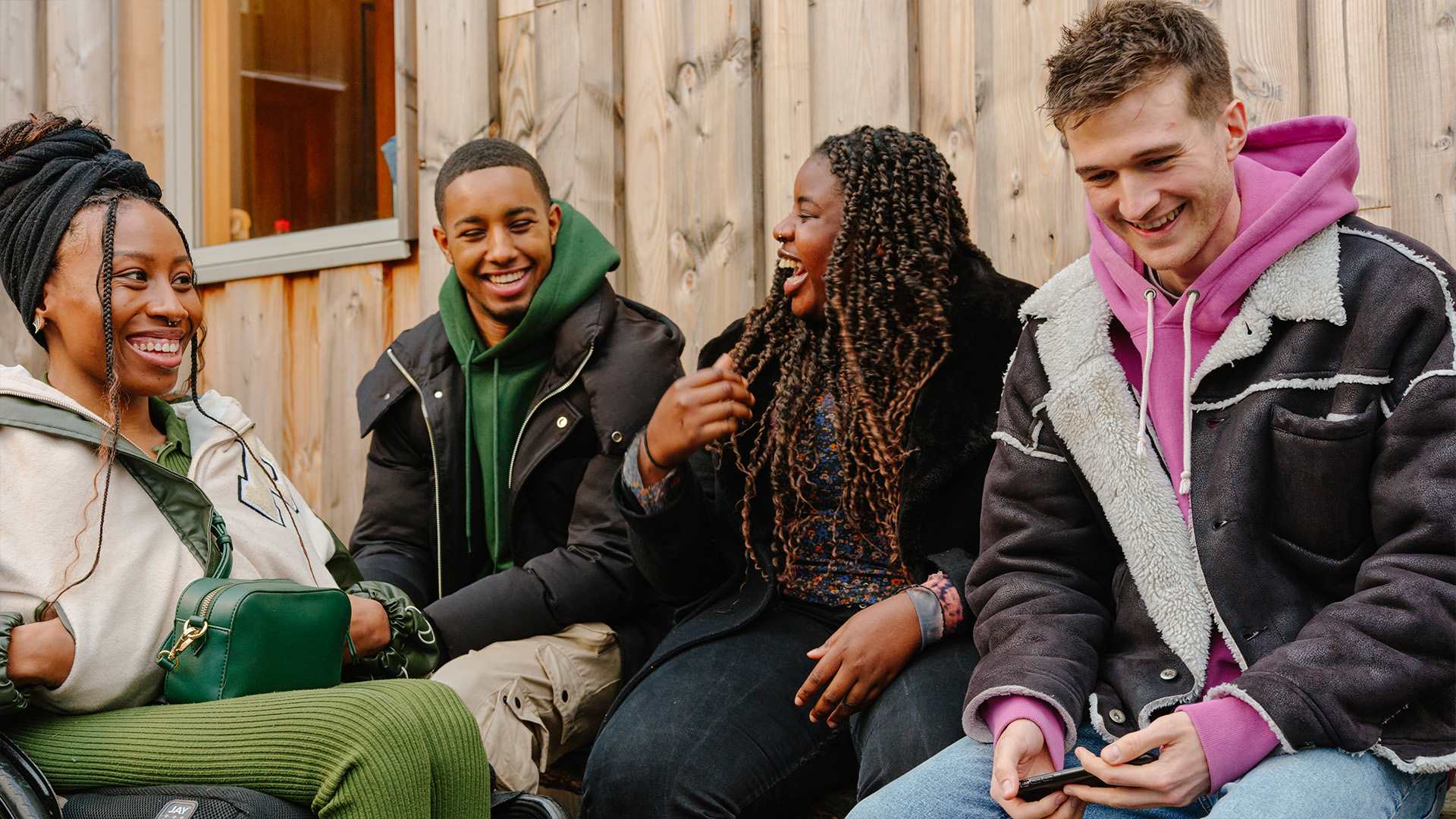
However, it would be amazing to meet a young Black woman like me who has experienced migraines or another invisible disability. Someone who understands the pressure of certain cultural expectations and the struggle to maintain the stoicism that is endemic to the strong Black woman trope. Someone who knows what it’s like to feel triply removed from society’s powerful centre and understands the added layer of anxiety when navigating a young adult social life. It would be nice to have that safe space where there’s a mutual understanding and where judgement is left at the door.
Realistically, the chances of this encounter happening are slim. Although it doesn’t feel like it, Black people make up just 4% of the UK population. I’ve also come to realise that perhaps this ideal isn’t the only way to find understanding, and holding out for it may be doing more harm than good.
Why alliances make for an effective community
People who don’t have the same experiences as me can still offer a valuable perspective based on their own intersecting identities, which is something I welcome. Mental health, gender, ethnicity, and race are just a few of the markers which overlap to define someone’s existence. Black, Disabled women are not the only ones who face challenges in an unequal society.
Alliances with different groups is the most effective form of community, because we can advocate for ourselves better on common ground – the experience of being misunderstood, mistreated, and cast aside.
Whether or not I meet Black women who mirror my experiences, there is a level of compassion that comes with living life on the margins that gives way to new avenues of connection and camaraderie.
Alliances with different groups is the most effective form of community, because we can advocate for ourselves better on common ground – the experience of being misunderstood, mistreated, and cast aside.
More information and advice
We have tips and advice to help you find the support you need. Take a look at our guides.
Where to get help
However you're feeling, there are people who can help you if you are struggling. Here are some services that can support you.
-
Black Minds Matter
Connects Black individuals and families with free professional mental health services across the UK.
-
Scope
Provides practical information and emotional support for Disabled people.
- Opening times:
- 9am - 6pm, Monday - Friday; 10am - 6pm, weekends
